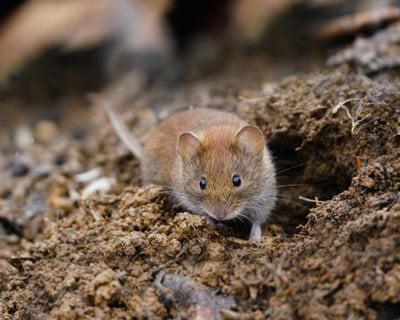Vole Control Tips to Protect Your Yard and Gardens
Vole Control Tips to Protect Your Yard and Gardens
Blog Article
Comprehensive Guide to Efficient Vole Bug Control: Infestation Recognition and Treatment Methods
In the world of reliable pest control, vole invasions present an one-of-a-kind challenge that demands a tactical technique. By discovering the subtleties of vole behavior, understanding essential signs of problem, and reviewing a range of control options, one can develop an extensive technique to deal with these evasive bugs.
Recognizing Vole Actions
Vole actions is identified by their delving behaviors and quick reproduction rates, making them a difficult parasite to manage efficiently. Their rapid reproductive price further makes complex control efforts, with ladies qualified of producing numerous trashes in a solitary year, each consisting of several spawn.
Voles are most active throughout the morning and night hours, spending the bulk of their time foraging for food. Their burrowing behaviors not just disrupt gardens and grass however also make them testing to remove and detect. Comprehending vole actions is essential for efficient parasite control techniques. By recognizing their burrow locations, monitoring feeding areas, and carrying out targeted control methods, such as trapping or environment alteration, vole infestations can be handled successfully.
Indicators of Vole Problem

Avoidance Techniques
Executing effective avoidance approaches is critical in lessening vole invasions and protecting vegetation from their destructive feeding behaviors. To stop vole invasions, it is vital to start by removing prospective food sources and sanctuary.
Regularly evaluating the property for indicators of vole activity, such as runways and delve openings, is important for early discovery and timely action. If vole task is thought, consider utilizing repellents or catches strategically placed near their pathways. Employing all-natural predators like owls or serpents can likewise aid keep vole populations in check. By applying a combination of these avoidance approaches, property owners and gardeners can properly safeguard their plant life from vole damage.
Non-Lethal Control Approaches
To properly handle vole populations while prioritizing gentle techniques, non-lethal control techniques offer sensible remedies for minimizing vole damage in gardens and landscapes. These obstacles can be vole control utah hidden at least 12 inches bent and deep at a 90-degree angle to avoid voles from burrowing underneath.

Lethal Control Options
One effective approach for dealing with vole infestations in landscapes and yards involves the strategic usage of deadly control choices. When faced with an extreme vole invasion that non-lethal methods have actually fallen short to consist of, carrying out lethal control steps becomes important. In general, when employing lethal control options, it is necessary to do so properly and in accordance with local policies to efficiently take care of vole problems.
Final Thought
Finally, efficient vole parasite control calls for a thorough understanding of vole actions, recognition of indicators of infestation, execution of avoidance techniques, and utilization of both non-lethal and lethal control techniques. By combining these approaches, people can properly handle vole populations and secure their property from damage. It is very important to deal with vole problems promptly to avoid more concerns and reduce the influence on the surrounding setting.
Given the elaborate tunnel systems and quick recreation rates characteristic of voles, acknowledging the indicators of vole problem becomes vital in efficient parasite control. One of the primary signs of vole existence is the existence of surface area paths or routes in lawn or snow, usually concerning 1-2 inches wide, created as voles travel between their burrows and food sources.To successfully manage vole populaces while prioritizing gentle approaches, non-lethal control methods supply practical options for minimizing vole damages in landscapes and yards.One efficient technique for resolving vole problems in yards and landscapes includes the tactical use of deadly control choices. vole pest control.In final thought, effective vole insect control requires an extensive understanding of vole behavior, recognition of indicators of infestation, application of avoidance strategies, and utilization of both deadly and non-lethal control methods
Report this page